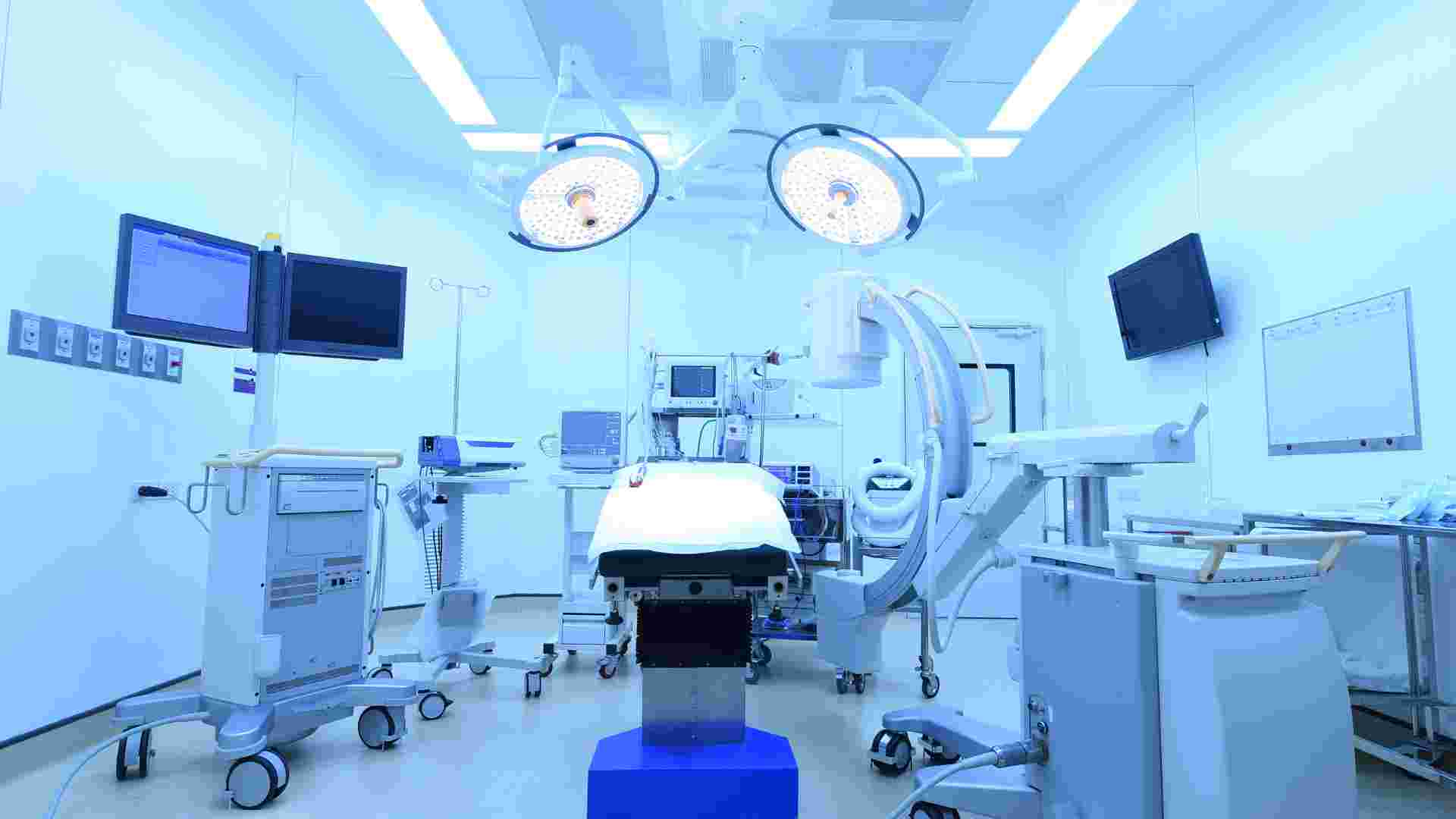![]()
The Ecological Consequences of Importing Used Medical Devices: A Comprehensive Evaluation
In the global healthcare landscape, the demand for medical devices is ever-growing. As healthcare systems strive to offer quality care, there is a significant market for used medical devices, often imported from other countries. While this practice can be cost-effective and help meet the demand for healthcare equipment, it is crucial to assess its environmental impact. This blog post will explore the environmental impact of importing used medical devices: An In-Depth Assessment. Focusing on electronic waste (e-waste) generation and disposal methods.
1. Electronic Waste Generation
Used medical devices, especially those with electronic components, contribute to the growing issue of e-waste. E-waste is a complex mixture of materials containing hazardous substances, making its management a critical environmental concern. When importing used medical devices, it is essential to consider the volume of electronic components and their potential impact on the environment.
Materials Composition:
Medical devices often contain various materials, including metals, plastics, and electronic components. The improper disposal of these items may lead to soil and water pollution, affecting ecosystems and human health.
Hazardous Substances:
Electronic components in medical devices may contain hazardous substances like lead, mercury, and cadmium. These substances can leach into the environment if not disposed of properly, posing risks to both environmental and human health.
Lifecycle Assessment:
Conducting a lifecycle assessment helps analyse the environmental impact of an item from raw material extraction to disposal. This assessment can highlight areas where improvements can be made to minimise environmental harm.
2. Disposal Methods
The disposal of used medical devices is a critical aspect of the environmental impact assessment. Improper disposal practices can lead to long-lasting environmental damage and pose health risks to nearby communities.
Incineration:
Incineration is a common method for disposing of medical waste, including used devices. However, it can release harmful pollutants into the air, contributing to air pollution. Advanced incineration technologies with proper emissions control can mitigate this impact.
Recycling:
Recycling is a preferred option for managing e-waste. It involves recovering valuable materials from medical devices, reducing the need for raw material extraction. However, the recycling process should be conducted responsibly to avoid the release of hazardous substances.
Reprocessing:
Reprocessing involves cleaning, testing, and refurbishing medical devices for reuse. While this can extend the lifespan of devices, it may also involve the use of chemicals and energy. Implementing strict regulations and guidelines for reprocessing can minimise its environmental impact.
3. Regulatory Framework
The environmental impact of importing used medical devices is closely tied to the regulatory framework governing their trade and disposal. Countries must establish and enforce stringent regulations to ensure the proper handling of these devices.
Exporting Country Regulations:
The exporting country should have robust regulations governing the export of used medical devices. This includes guidelines on the proper testing, refurbishment, and documentation of devices before export.
Importing Country Regulations:
Importing countries need effective regulations for the inspection, testing, and approval of used medical devices. This ensures that only safe and properly functioning devices enter the market.
Disposal Regulations:
Clear regulations on the disposal of medical devices, emphasising environmentally friendly methods, are crucial. Penalties for non-compliance can serve as deterrents and encourage responsible practices.
Conclusion: The Environmental Impact of Importing Used Medical Devices: An In-Depth Assessment
Importing used medical devices can be a viable solution to tackle the increasing demand for healthcare equipment. However, the environmental impact of this practice must not be overlooked. A comprehensive assessment, considering factors such as e-waste generation and disposal methods, is essential for developing sustainable practices.
To mitigate these environmental concerns, collaboration between countries, stringent regulations, and the promotion of responsible disposal methods are imperative. By fostering a global commitment to environmentally conscious practices in the healthcare industry, we can strike a balance between meeting healthcare needs and preserving our planet for future generations.




